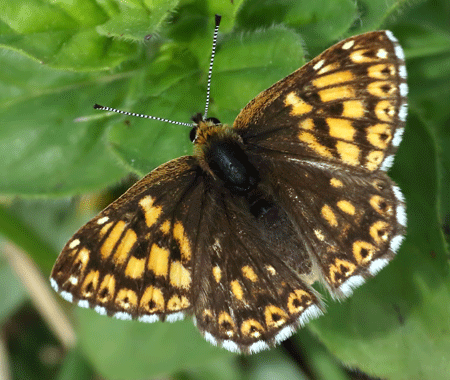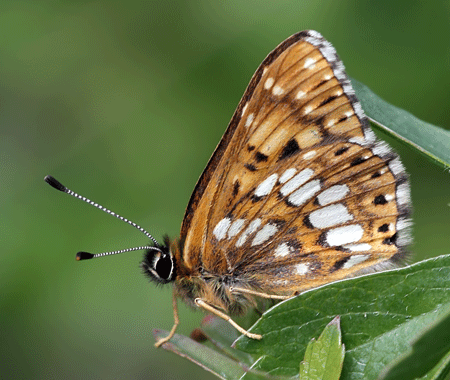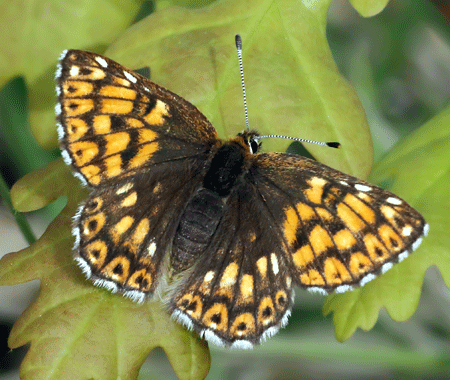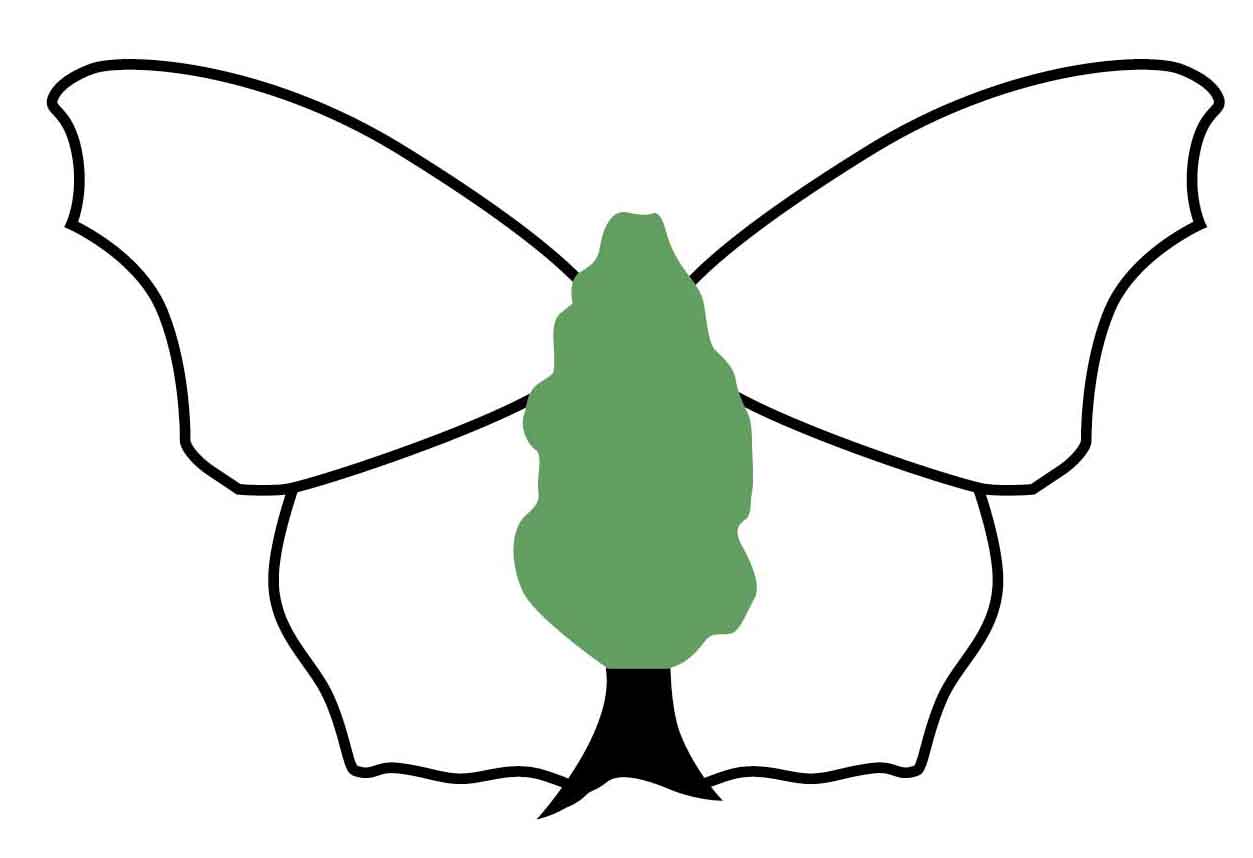 | Butterfly Conservation Saving butterflies, moths and our environment | Upper Thames Branch |  |
Duke of Burgundy (Hamearis lucina) | ||||||||||||
| Description | ||||||||||||
| Wing span: 29-34 mm. The Duke of Burgundy is the sole British representative of a subfamily known as the metalmarks. A characteristic of this family is that females have six fully-functional legs, whereas males only have four, with the forelegs being greatly reduced. The sexes are similar, but the male has more black on its wings. It is found mainly in central southern England. At one time most colonies of this species lived in woodland, where it bred on Primroses which grew in clearings that had been coppiced. With the decline in coppicing, most colonies are now found on scrubby downland where Cowslips are used as the food plant. | ||||||||||||
| Images (click to enlarge) | ||||||||||||
| ||||||||||||
| Life Cycle | ||||||||||||
| There is one brood each year, with the adults usually emerging at the end of April in southern sites, peaking in the middle of May. A partial second brood may appear in some years. The pupa is the over-wintering stage. | ||||||||||||
| Larval Foodplants | ||||||||||||
| The primary larval foodplants are Cowslip (Primula veris) and Primrose (Primula vulgaris). False Oxlip (Primula elatior) is also used. | ||||||||||||
| Nectar Sources | ||||||||||||
| Adults feed on Tormentil, Bugle, buttercups, hawthorns and Wood Spurge. | ||||||||||||
| UK Conservation Status | ||||||||||||
| Vulnerable | ||||||||||||
| Earliest UTB first sighting (since 2004) : 11th April | ||||||||||||
| Mean UTB first sighting (since 2004) : 25th April | ||||||||||||
| Species Champions | ||||||||||||
| Peter Ogden Email: duke-of-burgundy-bucks@upperthames-butterflies.upperthames-butterflies.org.uk | ||||||||||||
| Aga Bogucka Email: duke-of-burgundy-berks@upperthames-butterflies.upperthames-butterflies.org.uk | ||||||||||||
| Reports | ||||||||||||
| Distribution and Sites | ||||||||||||
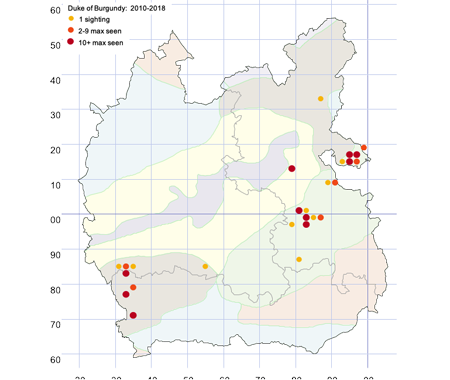 Key |
| |||||||||||
| Related Species | ||||||||||||
| ||||||||||||
Copyright © Butterfly Conservation Upper Thames Branch 2025
Privacy and Copyright Statement
Butterfly Conservation : Company limited by guarantee, registered in England (2206468)
Registered Office: Manor Yard, East Lulworth, Wareham, Dorset, BH20 5QP, Tel: 01929 400 209
Charity registered in England & Wales (254937) and in Scotland (SCO39268)
Privacy and Copyright Statement
Butterfly Conservation : Company limited by guarantee, registered in England (2206468)
Registered Office: Manor Yard, East Lulworth, Wareham, Dorset, BH20 5QP, Tel: 01929 400 209
Charity registered in England & Wales (254937) and in Scotland (SCO39268)

